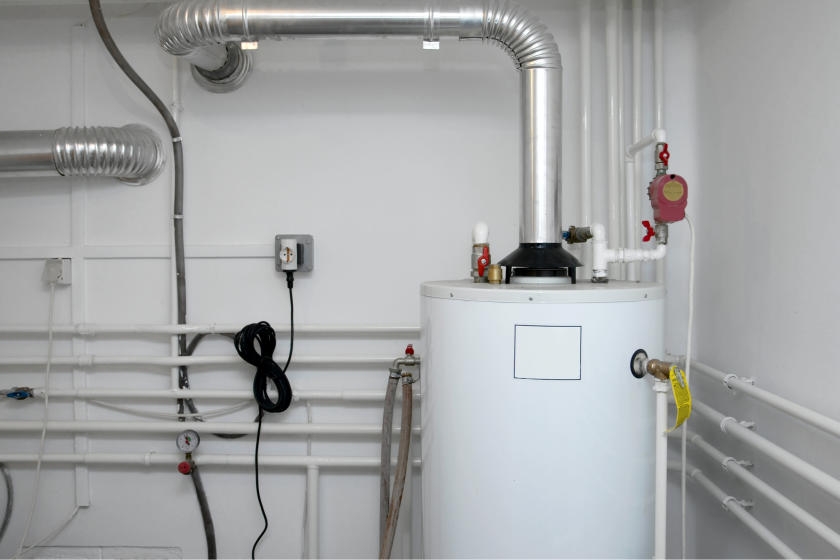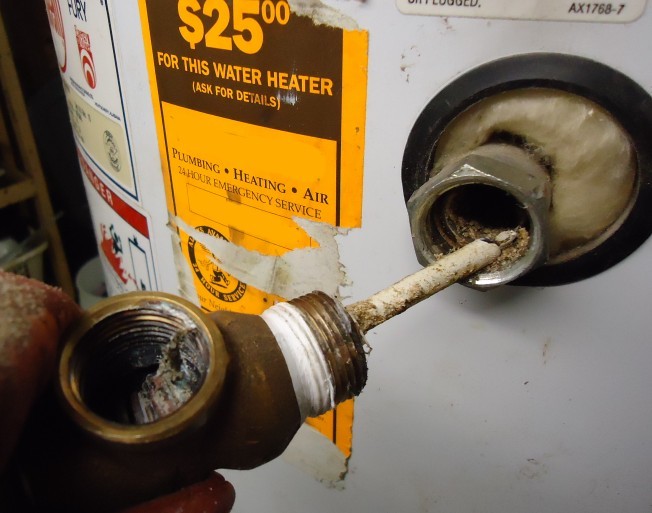Maintaining Your Home's Hot Water System: Important Tips
Maintaining Your Home's Hot Water System: Important Tips
Blog Article
Are you trying to find facts concerning Tips on Maintaining a Water Heater?

Hot water is crucial for everyday comfort, whether it's for a revitalizing shower or washing dishes. To ensure your hot water system runs efficiently and lasts longer, regular maintenance is key. This article provides practical tips and insights on how to maintain your home's warm water system to stay clear of disturbances and pricey fixings.
Introduction
Preserving your home's hot water system might seem challenging, yet with a couple of basic actions, you can ensure it operates smoothly for years ahead. This overview covers every little thing from comprehending your hot water system to DIY upkeep ideas and recognizing when to employ expert help.
Importance of Keeping Your Warm Water System
Routine maintenance not only expands the life-span of your warm water system but also guarantees it runs effectively. Neglecting upkeep can cause lowered effectiveness, higher power bills, and also early failure of the system.
Signs Your Warm Water System Requirements Maintenance
Recognizing when your warm water system needs attention can protect against major issues. Keep an eye out for indications such as inconsistent water temperature level, strange sounds from the heating unit, or corroded water.
Flushing the Hot Water Heater
Flushing your water heater eliminates sediment build-up, enhancing efficiency and lengthening its life.
Checking and Changing Anode Rods
Anode poles prevent deterioration inside the storage tank. Inspecting and changing them when broken is vital.
Complicated Issues Calling For Expert Assistance
Examples consist of major leakages, electrical problems, or if your hot water heater is constantly underperforming.
Routine Professional Upkeep Advantages
Professional upkeep can include thorough examinations, tune-ups, and making sure conformity with security standards.
Evaluating and Changing Temperature Setups
Adjusting the temperature level settings ensures optimum performance and safety and security.
DIY Tips for Maintenance
You can execute a number of maintenance jobs yourself to maintain your hot water system in leading condition.
Looking for Leaks
Consistently inspect pipelines and connections for leakages, as these can lead to water damages and higher expenses.
Recognizing Your Hot Water System
Prior to diving into upkeep tasks, it's practical to understand the fundamental components of your warm water system. Typically, this includes the hot water heater itself, pipes, anode poles, and temperature controls.
Regular Monthly Maintenance Tasks
Routine month-to-month checks can help capture minor problems prior to they escalate.
Checking Stress Relief Valves
Checking the pressure relief valve guarantees it functions properly and protects against too much stress build-up.
Shielding Pipelines
Shielding warm water pipelines minimizes warm loss and can save power.
When to Call a Professional
While DIY upkeep is beneficial, some issues require expert expertise.
Conclusion
Regular maintenance of your home's hot water system is vital for effectiveness, durability, and expense financial savings. By adhering to these pointers and recognizing when to look for specialist aid, you can make certain a trusted supply of warm water without unanticipated disturbances.
How to Maintain an Instant Hot Water Heater
Before tinkering with your hot water heater, make sure that it’s not powered on. You also have to turn off the main circuit breaker and shut off the main gas line to prevent accidents. Also turn off the water valves connected to your unit to prevent water from flowing into and out of the appliance. 2. When you’re done, you have to detach the purge valves’ caps. These look like the letter “T†and are situated on either side of the water valves. Doing so will release any pressure that has accumulated inside the valves while at the same time avoid hot water from shooting out and burning your skin. 3. When the purge valves’ caps are removed, you have to connect your hosing lines to the valves. Your unit should have come with three hoses but if it didn’t, you can purchase these things from any hardware or home repair shops. You can also get them from retail stores that sell water heating systems. Read the user’s manual and follow it to complete this task properly. When the hosing lines are connected, open the purge port’s valves. 4. You should never use harsh chemical cleaners or solutions when cleaning your unit. Make use of white vinegar instead. It should be undiluted and you’ll probably use about 2 gallons. 5. Now flush your water heater. This task should probably take about 40 minutes. We can’t give you specific directions for this because the procedure is carried out depending on the type, model and brand of your heater. With that being said, refer to the user’s manual. 6. When you’re done draining the unit, you have to turn off the purge port valves again. Remove the hosing lines that you earlier installed on each of the water valves. Put the valve caps (purge port) back in their respective places and be very careful so as not to damage the rubber discs that are found inside these caps. 7. Now that everything’s back in place, check your user’s manual again to find out how to reactivate your water heating system. 8. Once it is working, turn one of your hot water faucets on just to let air pass through the heater’s water supply pipes. Leave the tap on until water flows smoothly out of it. https://www.orrplumbing.com/blog/2014/september/how-to-maintain-an-instant-hot-water-heater/

Hopefully you enjoyed reading our section about How to Maintain a Hot Water Heater in a Few Simple Steps. Many thanks for taking the time to read through our posting. Make sure you take a moment to distribute this blog if you liked it. Kudos for your time. Revisit us soon.
Explore Report this page